Eggs Before
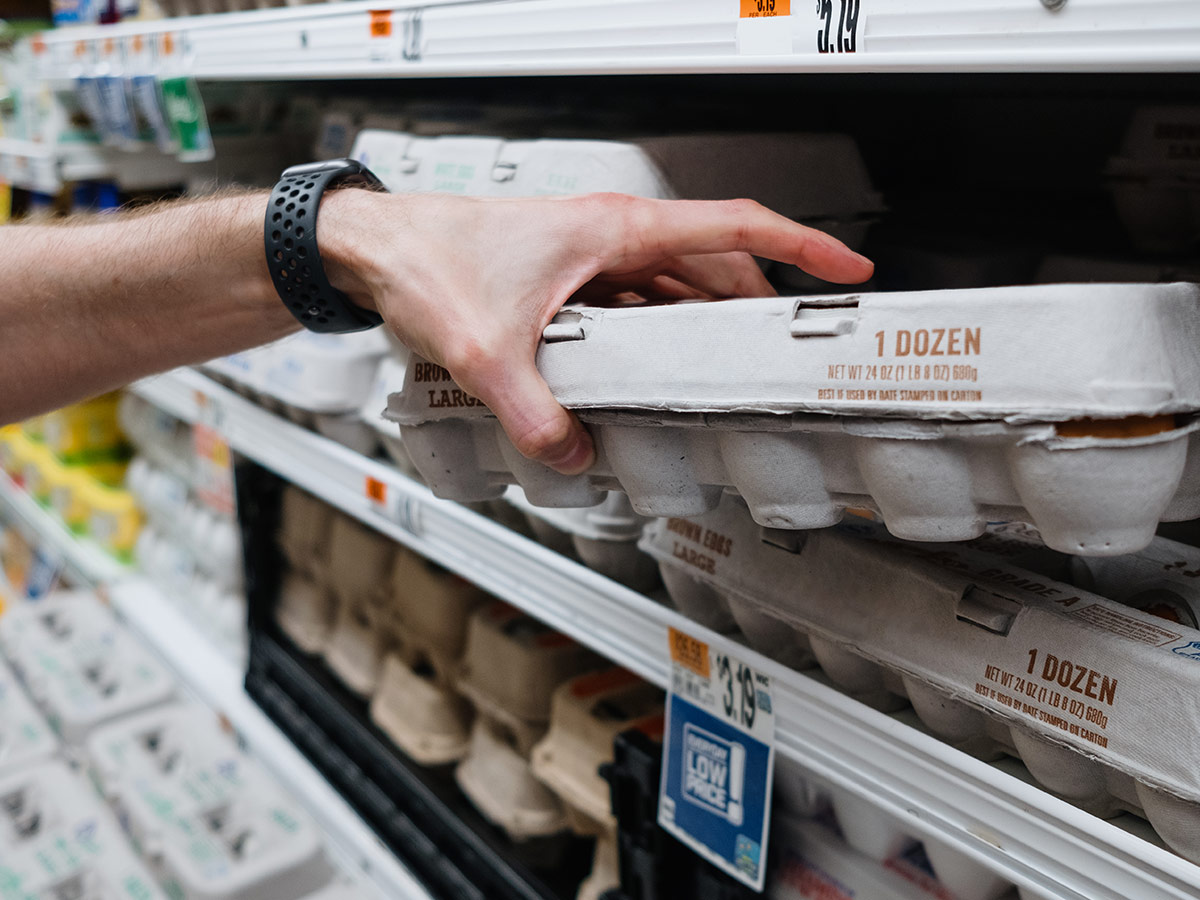
Eggs are a staple in any American household. They’re a breakfast essential and key ingredient in baked goods. Back in 2022, when this photo was taken, eggs were pretty easy to come by. Though they used to be even cheaper, a dozen eggs wouldn’t cost more than $4 a few years ago.
Eggs Now

Eggs are a different story now. As you can see, egg prices in 2025 are skyrocketing. This is due to bird flu and inflation. A dozen eggs will run the average American upwards of $5, and in some places, over $10.
Concert Before
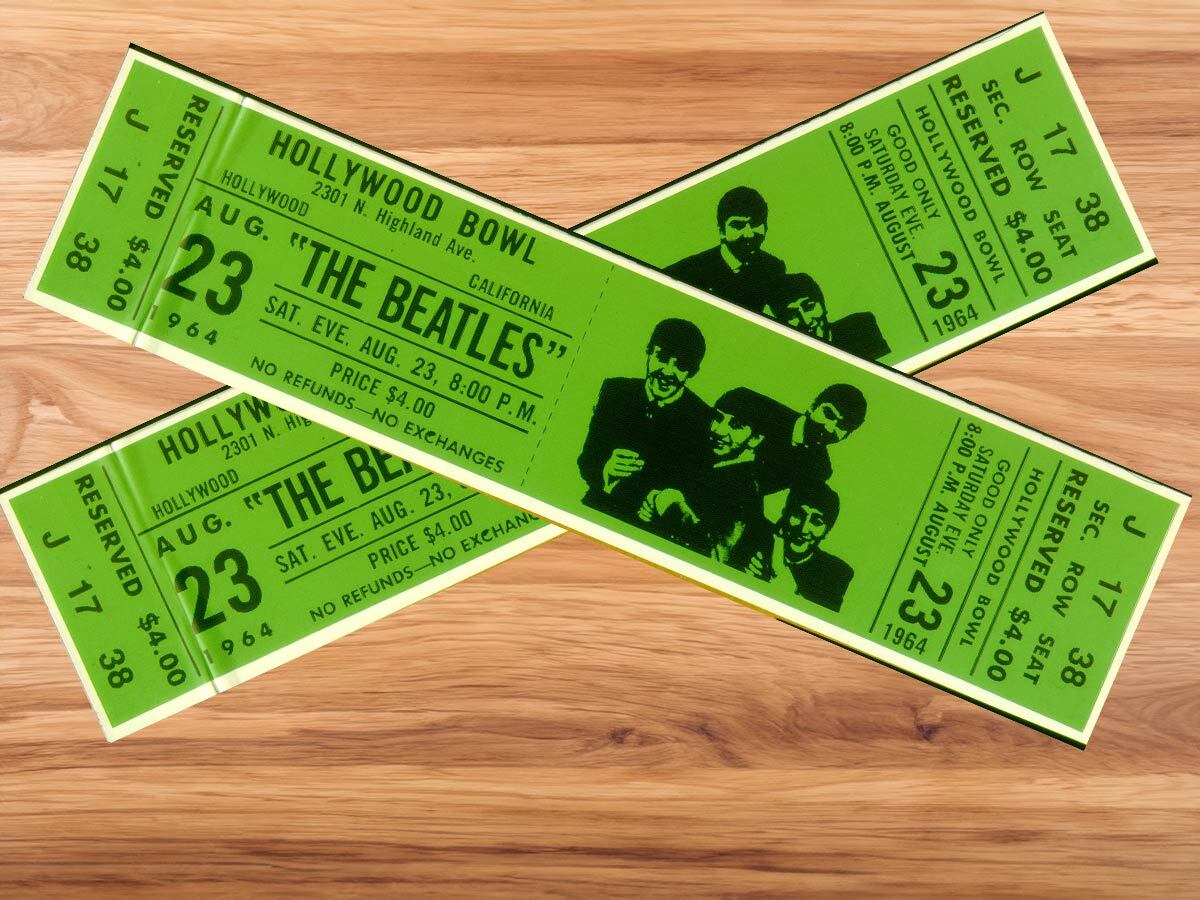
We’ve all heard the stories of people back in the day seeing the most iconic bands in history for a dirt-cheap price. This image shows a Beatles concert ticket for the insanely low price of $4 back in 1964.
Concert Now
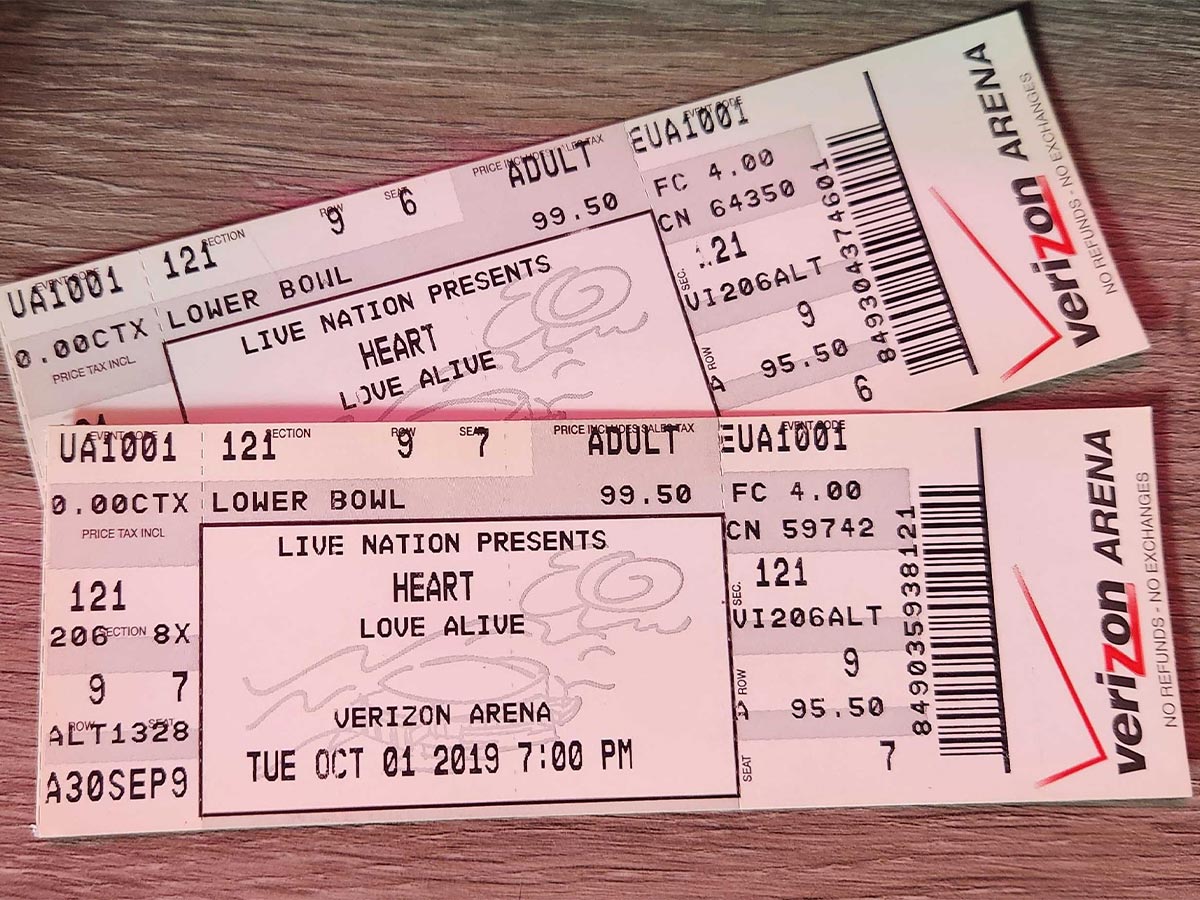
Today, you can’t see a mildly popular band for less than $50. And you probably have to buy an overpriced drink and merch while you’re there. For a popular band? Forget about it. You’re out of at least $100, as seen in this concert ticket for Heart. But Harry Styles, Taylor Swift, Adele? We’re talking $300, and then some!
Movies Before

This picture shows a 1950s movie ticket booth advertising a seat for $2.20. Movie theaters were the place to be back then. They were a lifeline to all things popular and a direct glimpse into Hollywood.
Movies Now
Pizza Before
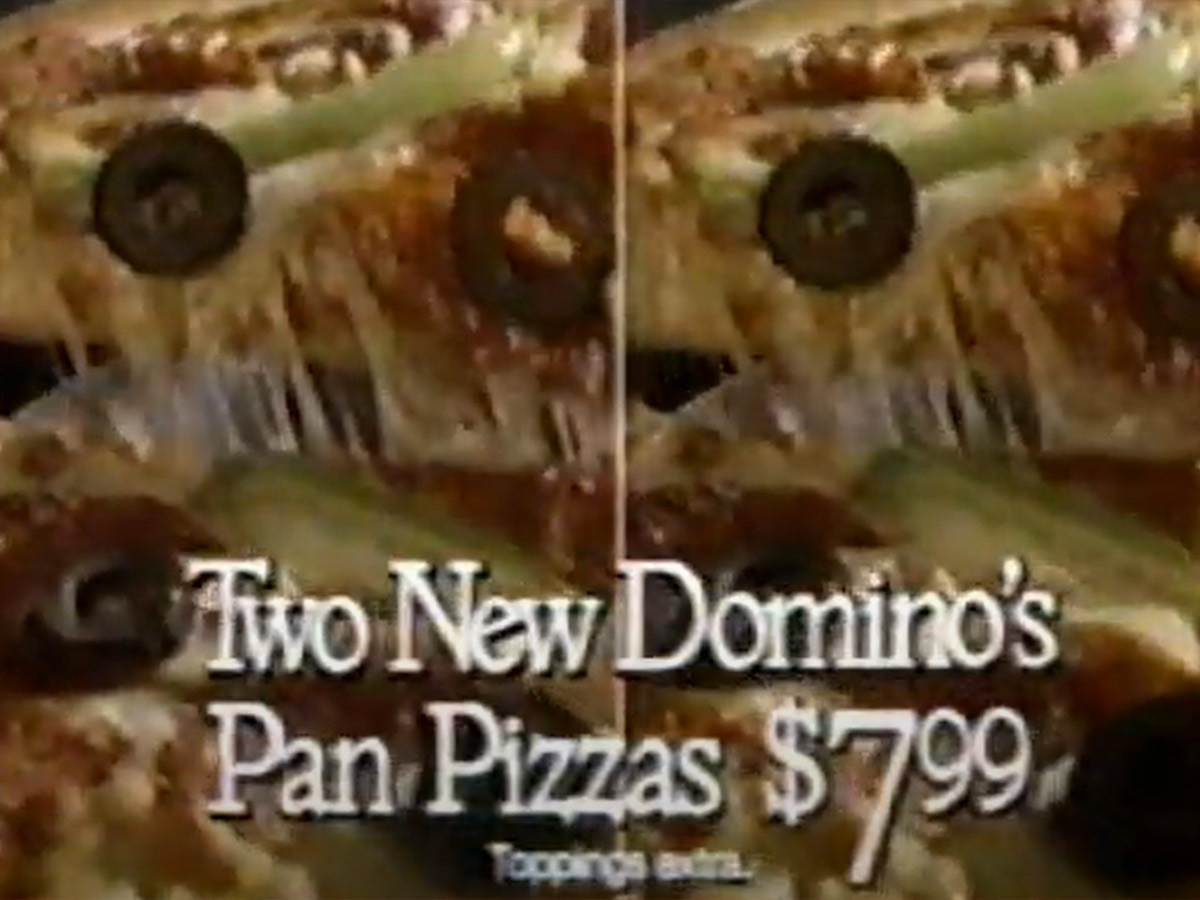
We take pizza seriously in America. This 1988 Domino’s advertisement shows a seriously good deal: two pan pizzas for only $7.99! Many things were better back then, and pizza prices were one of them.
Pizza Now
Baseball Tickets Before
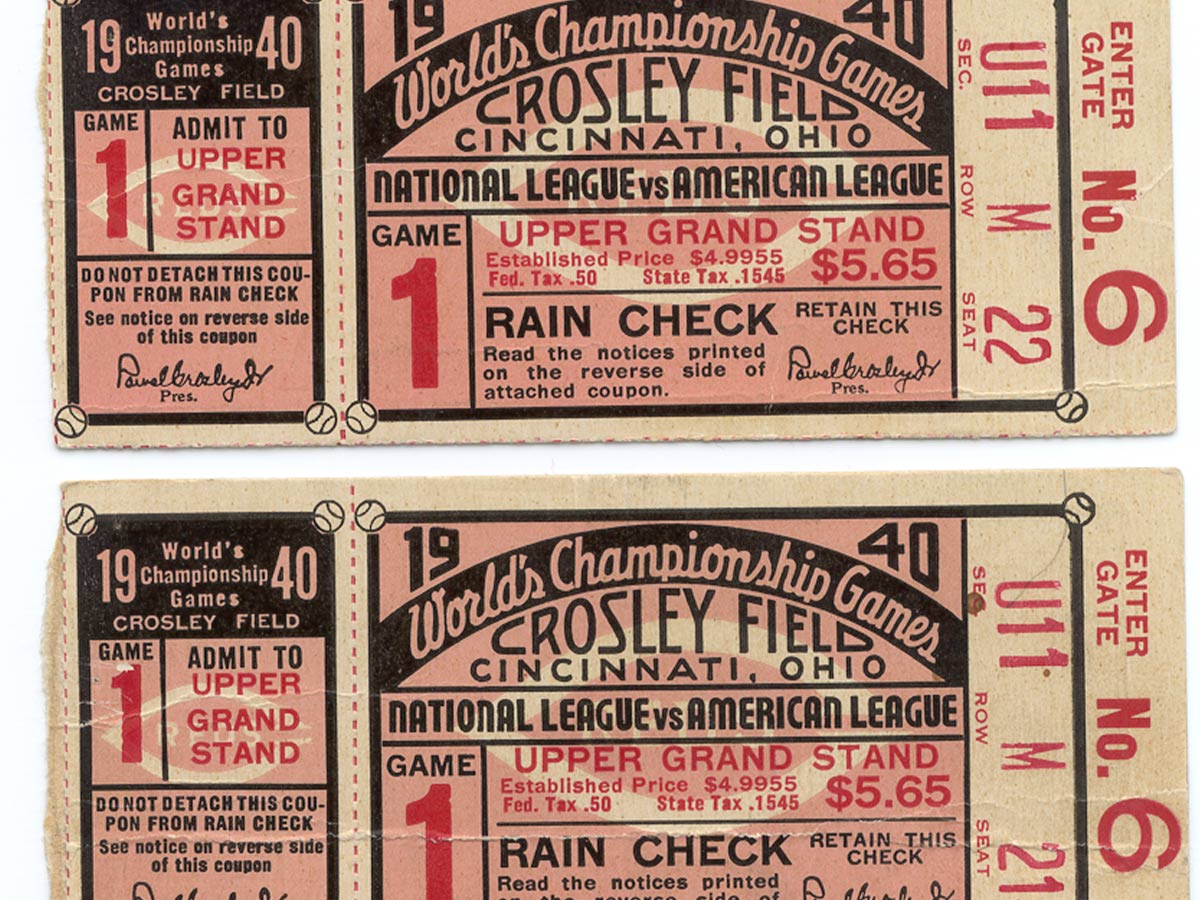
In 1940, someone bought these World’s Series tickets for $5.65, which is around $125 today. Not that cheap, but still cheaper than what it costs now! Go to the next slide to see what a World’s Series Ticket will cost you today.
Baseball Now
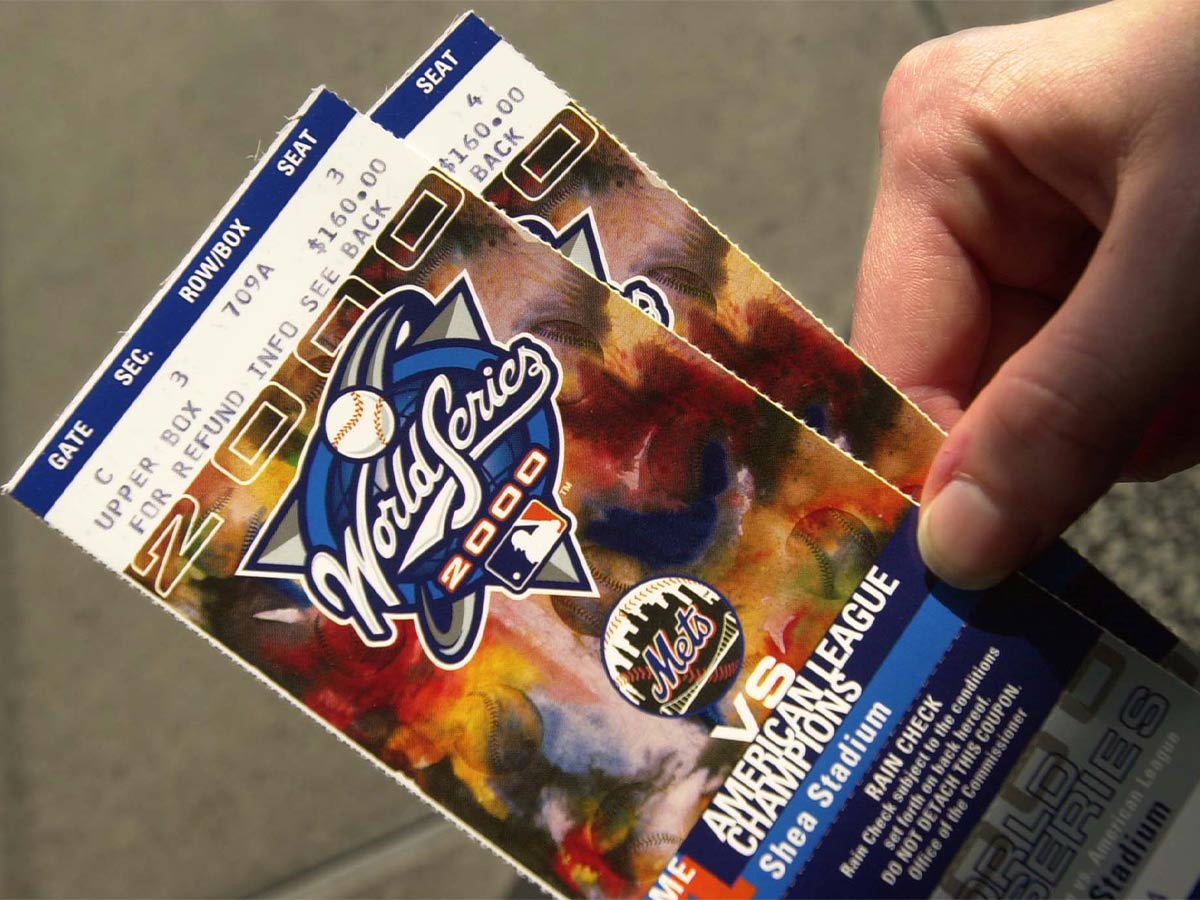
Even America’s favorite pastime isn’t safe from inflation. Its skyrocketing popularity has led to skyrocketing ticket prices—we’re talking $160 for one World Series ticket! Now, it's one of America's most expensive pastimes!
Bread Before

Bread is one of the most basic things you can have in your home kitchen, and when you consider it's just flour, yeast and water, there's no reason it should cost a ridiculous amount of money. And it used to be that baked bread really didn't cost much at all.
As this photo shows, you could get a loaf of sliced bread for under a dollar - way under a dollar. This photo was taken on October 24, 1990 shows a saleswoman, Maisie Bertuccio stocking bread Leichhardt. The cost of bread then was a mere 20 cents. Can you imagine? Pretty much nothing costs just 20 cents these days.
Bread Now
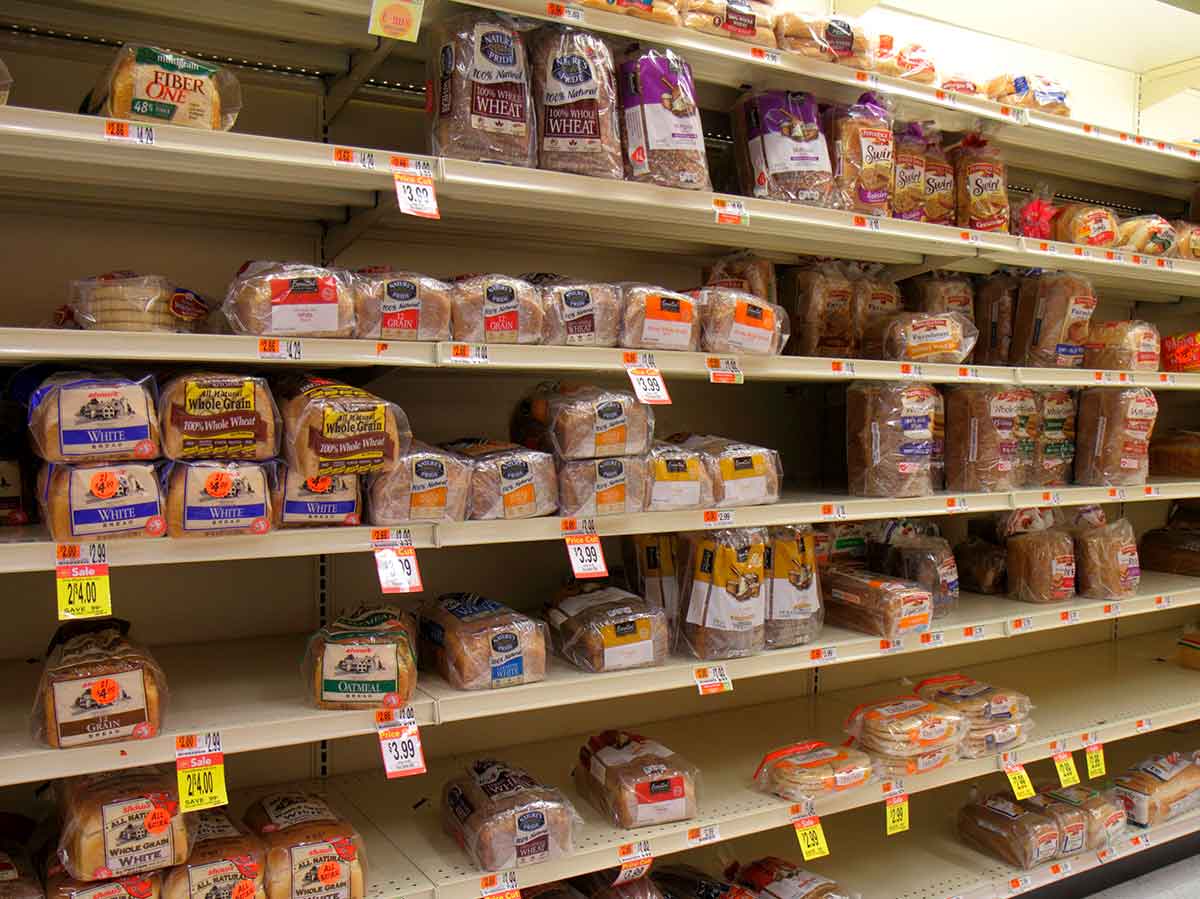
Today, 20 cents wouldn't even cover the cost of a single slice of bread from a loaf. Bread now costs about 10 times what it cost in 1990. And that is only for the cheapest sliced breads - you know - the ones loaded with preservatives. But sometimes you have to get what you can afford.
Premium sliced bread brands or fresh sliced bread will cost you twice as much. You can expect to pay between $4 and $5 in most cases. When you consider how much bread costs and how long it doesn't last, it almost doesn't seem worth it to buy it. Guess it's time for a keto diet!
Gallon of Gas Before
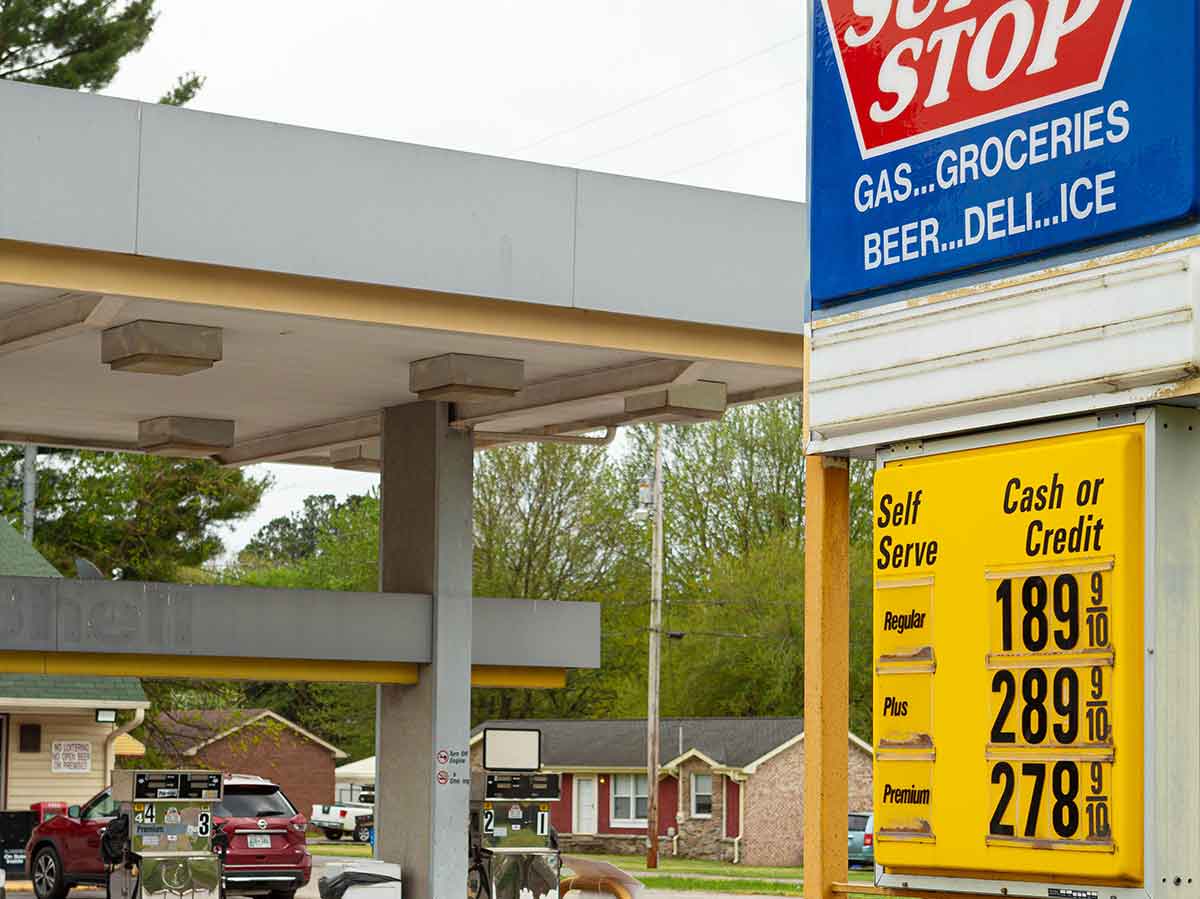
The price of gas has always fluctuated and in the '80s you could get a gallon of gas for under a $1. But long are those days gone. There are bigger cars now, using more gas and the price per gallon is getting higher and higher every year. Will it ever be low again? Probably not.
This photo was taken in just 2020. Then, the price of regular unleaded gas as $1.89 at this particular location. Of course, the cost of gas varies depending on where in the world you are located, but it's safe to say you won't find it this cheap anywhere right now.
Gallon of Gas Now
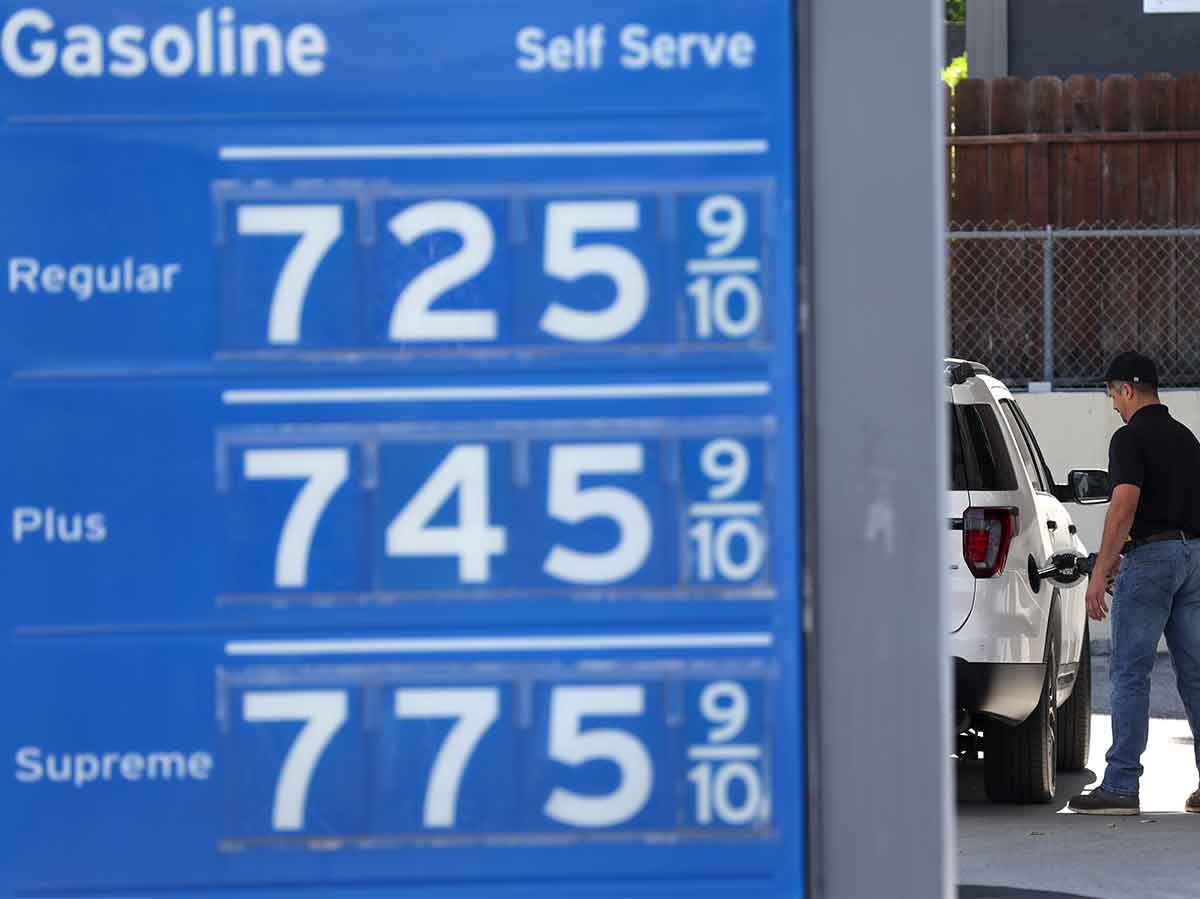
It goes without saying that the cost of gas is higher than ever before. It's so high, in fact, that a lot of people can't even really afford to go anywhere. Here you can see the price of gas is over $7 at this Chevron location. The photo was taken on May 25th, 2022.
When it comes to gas prices, the San Francisco Bay Area has the highest gas prices in the country, where the average price is $6.06. By comparison, the national average is $4.59 per gallon. So, no matter where you go, you can expect to pay a ton to fill your tank. And if you are making minimum wage, a day's worth of work may not even pay for your whole tank.
Book Before
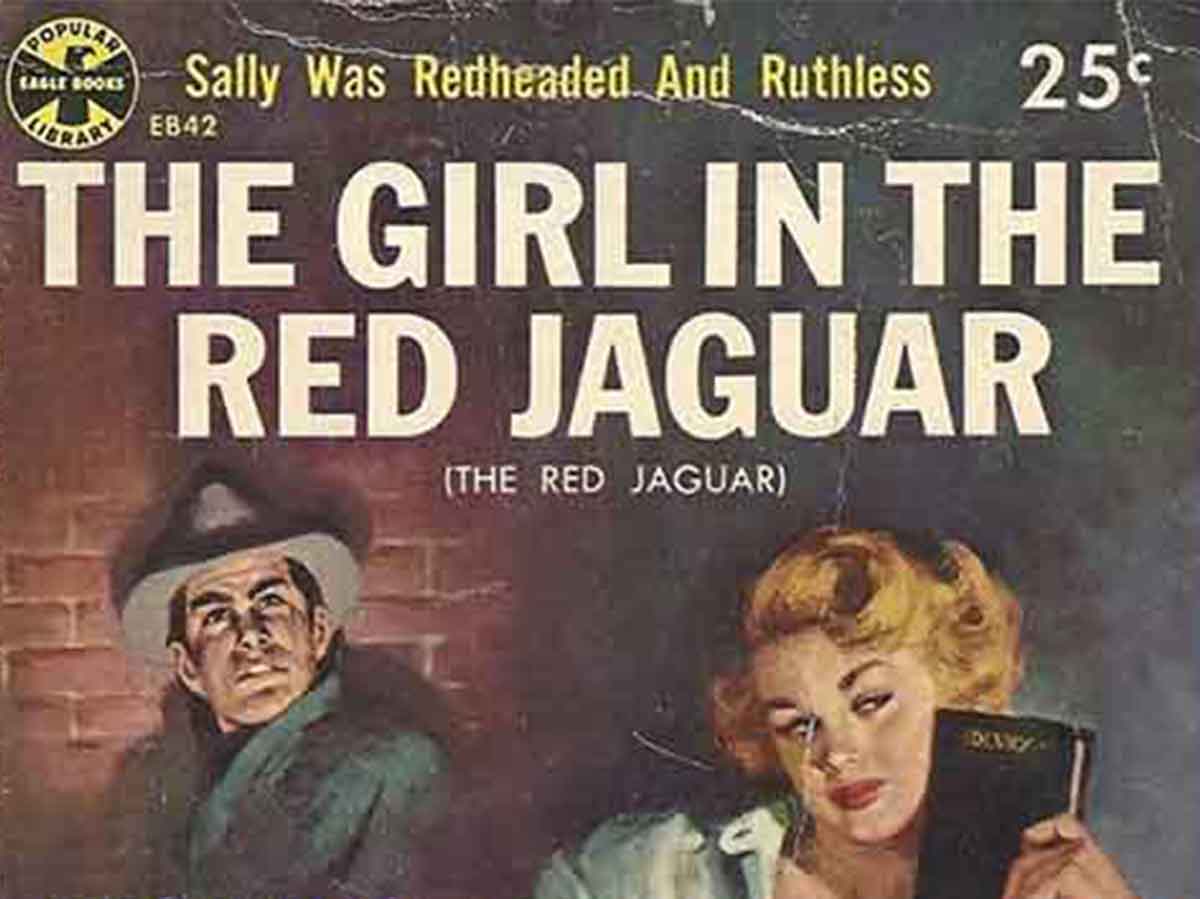
During the 1950s, paperback books were a booming business. People loved the stories held inside, especially because they were only 25 cents each. That's a whole lot of entertainment for just a quarter. Right now, a quarter might be able to buy you a gumball from an old-fashioned gumball machine - and of course, the flavor won't last that long.
Paperback books were definitely a source of entertainment for people of the '50s, however, and it would be a lot easier to grow your book collection with a quarter than it would be now. At least if you are just spending a quarter, you don't have to worry so much if you are actually going to read it.
Book Now
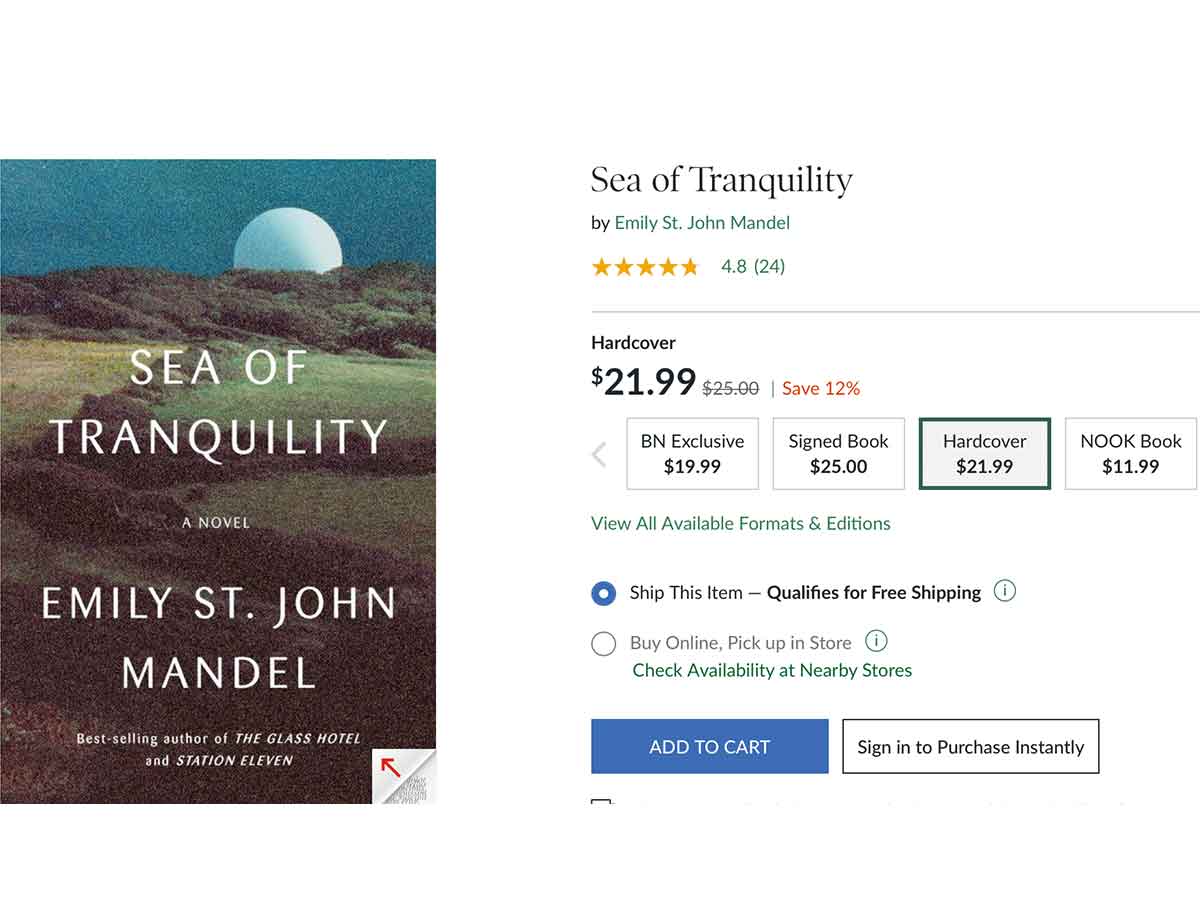
Today you can expect to pay as much as $10 for a paperback book. To put that into perspective a little bit, you could have purchased 40 paperback books if you have $10 in the '50s. A new hardcover book is going to cost you around $20 today, and often even more.
Books are not cheap anymore, particularly if you insist on owning a paper copy. At least it's motivating people actually to read the books they buy. The cheapest way to purchase a book, nevertheless, is to purchase it in a digital format. In the long run it can save you money, but it's just not as fun.
Cup of Coffee Before

In 2008, a cup of Starbucks coffee was under $2. As you can see, you could get a tall brewed Pike Place Roast coffee for just a mere $1.75. That's fairly cheap by today's standards and not the huge luxury it is now. It's much more affordable to just brew your own coffee.
Most people can't start their day without a cup of coffee, however, and yet you don't always have the time to make your coffee in the morning, which is where Starbucks comes into play. And considering there's a Starbucks just about everywhere, we thought it most fair to compare their prices.
Cup of Coffee Now

Now, over a decade later, you'll notice a lot about Starbucks has changed - and no, not just the fact that the caffeinated beverage establishment now has many locations with a drive-thru window. The big change are the prices, where you can expect to spend nearly twice as much on a regular cup of brewed coffee.
This particular Starbucks location shows the prices around $3 now for a cup of brewed coffee. That's a lot of money for some hot bean water. And the prices for a latte or other espresso drink are about twice the price of a regular cup of coffee, so no matter what you want there, you can expect to spend a lot on your morning fuel.
A McDonald's Hamburger and Fries Before
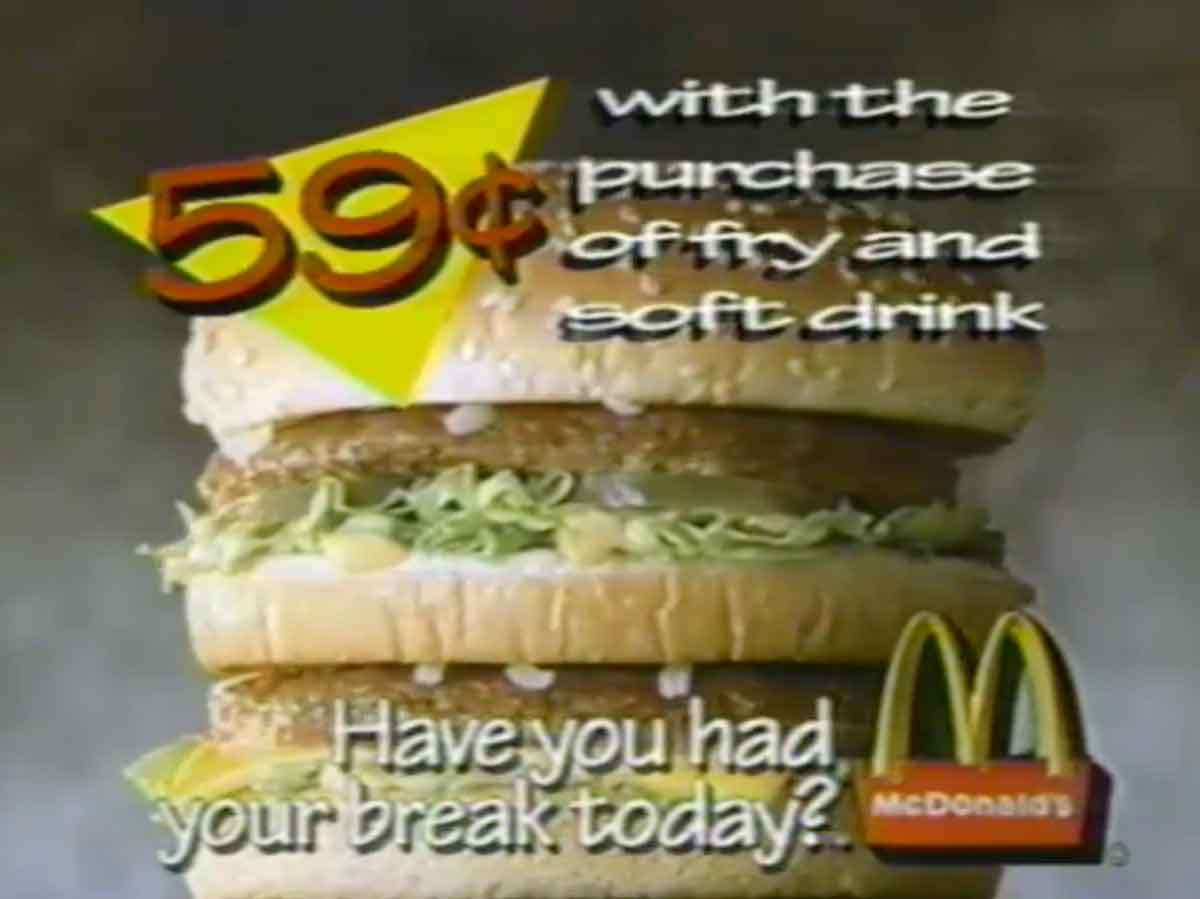
The following photo may be shocking, because it's not even from like 50 years ago. At the time of this ad, you could get Big Mac for a mere 59 cents if you purchased a Coke and some fries. Can you even get, like, one single French fry for that price now? At most, you could maybe buy a couple of ketchup packets and drink the ketchup out of them if you were really desperate for some kind of sustenance.
That would have made everything under $5 - even normally - without this particular meal deal going on. To put that in perspective, it would cost you today just as much to get one drink at Starbucks as it would cost you to get a meal at this time. Inflation is nuts.
McDonald's Burger and Fries Now
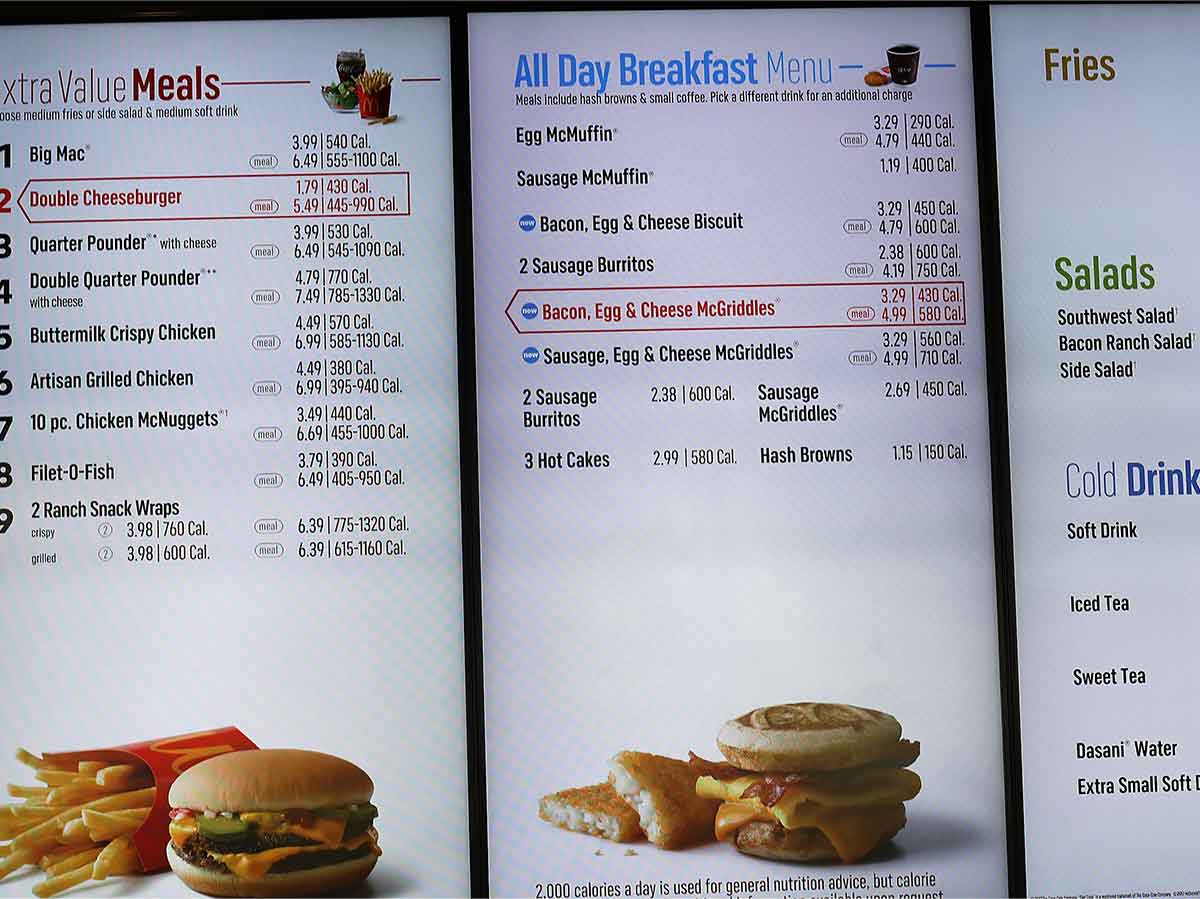
And here are the prices today. Here you'll see a Big Mac is a whopping $3.99 - a far cry from the 59-cent Big Mac being offered in 1996. Man, if you could get a Big Mac for 59 cents, you could feed yourself for years with one paycheck.
Even the cost of a double cheeseburger meal is higher than the cost of a Big Mac meal in the '90s. That's a whole lot of money to pay for a meal that isn't even all that filling. With the way prices are now, you might as well just buy something else that tastes a lot better than McDonald's.
Cigarettes Before
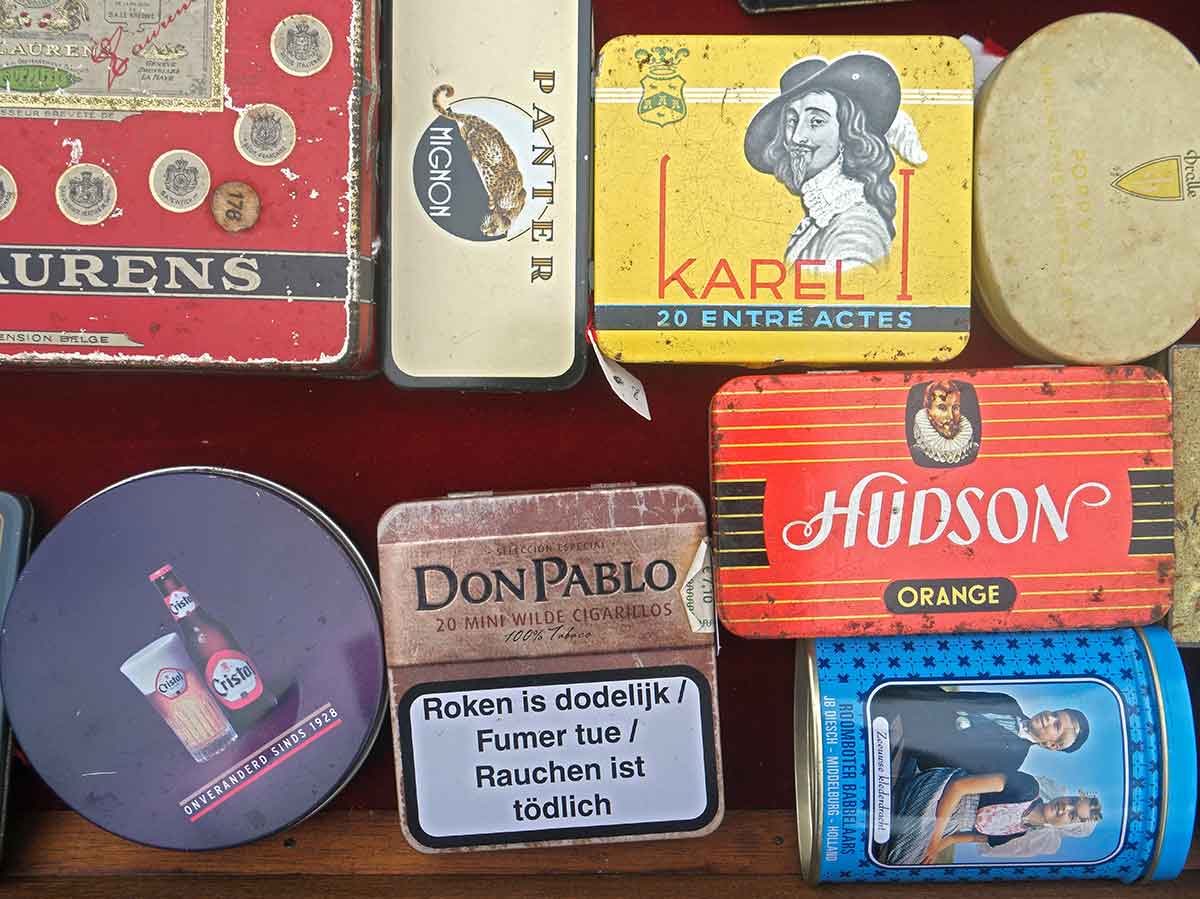
Smoking is a terrible habit. The dangers of smoking weren’t widely accepted or even talked about in the 1950s, but luckily we recognize how bad it is today. A pack of smokes would only set you back 15 cents in the '50s.
Back when cigarettes were in tins, cigarettes were well under $1. And that remained the case until the 1980s, and the prices nearly doubled in the 1990s. So, what are they like today? We hope for your health that you don't know, but let's take a look at the next photo.
Cigarettes Now
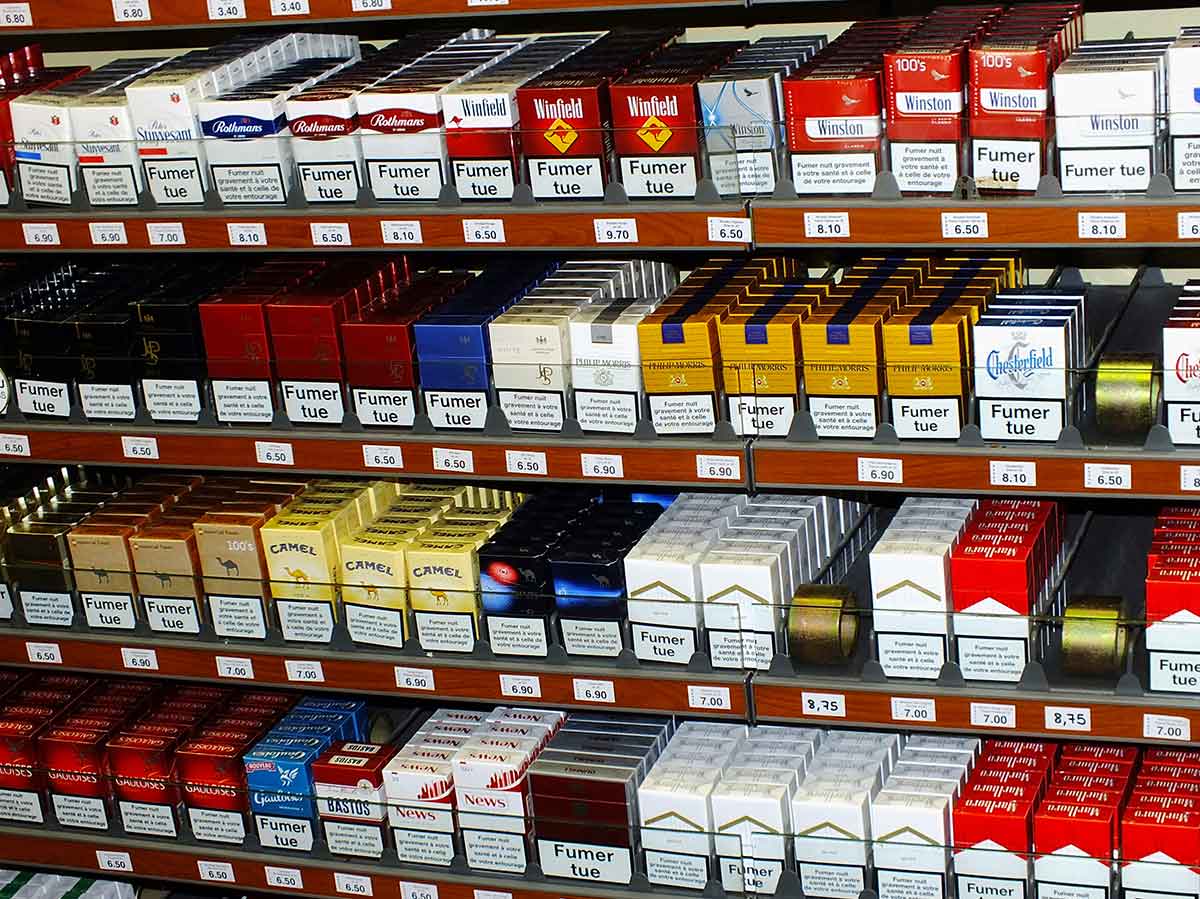
Today you can see that cigarettes have changed a lot, and not just because they aren't in cool tins anymore. The prices have almost quadrupled since the 1990s. The prices here are ranging from $6 to over $9. We didn't recommend smoking, but it does seem like the smartest thing to quit.
But hey, on the bright side, you can tell all those people that drag on you for your Starbucks addiction that at least you aren't smoking a pack of cigarettes in a day. Cause it turns out that the Starbucks addiction is a lot more affordable. Caffeine for the win!
Milk Before
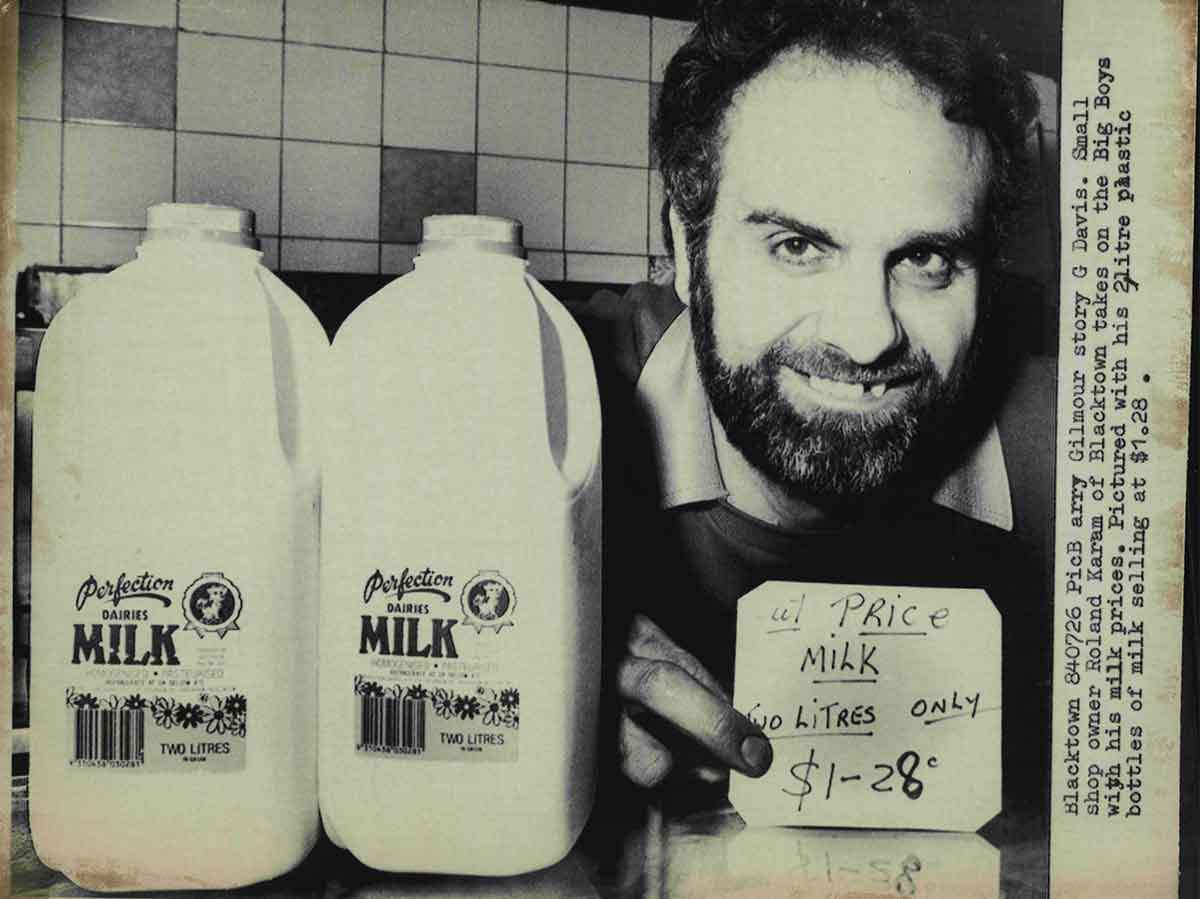
Milk back in 1984 was extremely affordable for people who made a decent wage. Here you can see a man selling milk for just $1.28 for two liters, which is about a gallon of milk. When it comes to beverages in your fridge, this is another one of the most basic things you can have.
Even if you don't drink milk like you are five years old, you need it for coffee, some pasta dishes and baked goods. It has plenty of uses, so it's something you should always have around - that is unless, you are lactose intolerant. But anyway, take a look at the prices now.
Milk Now

By the 1990s, milk prices hit around $2.89 per gallon, over $1 more than what milk was in the 1980s. Today, you can see that the prices of milk have doubled since the 1980s. For a gallon of milk, you can expect to pay almost $4 - at least in the state of California.
What's so funny is that now the price of milk is almost as just as expensive as what a gallon of gas used to cost a few years ago. Nevertheless, it's still cheaper than a gallon of gas. But, oh, how, great would it be if cars could run on milk.
TV Dinners Before

We've got more frozen food than ever these days, but only baby boomers will remember classic TV dinners. And we're pretty sure they'd forget those bland meals if they could! Back in the 1950s, a typical Swanson TV dinner would cost you about 89 cents.
From the aluminum trays to the alleged "food" those trays held, these TV dinners just scream retro. It might not be the tastiest meal you'd ever had, but at least it would keep you alive long enough to enjoy your favorite show! These meals were certainly affordable and convenient, to say the least. But what about now?
TV Dinners Now
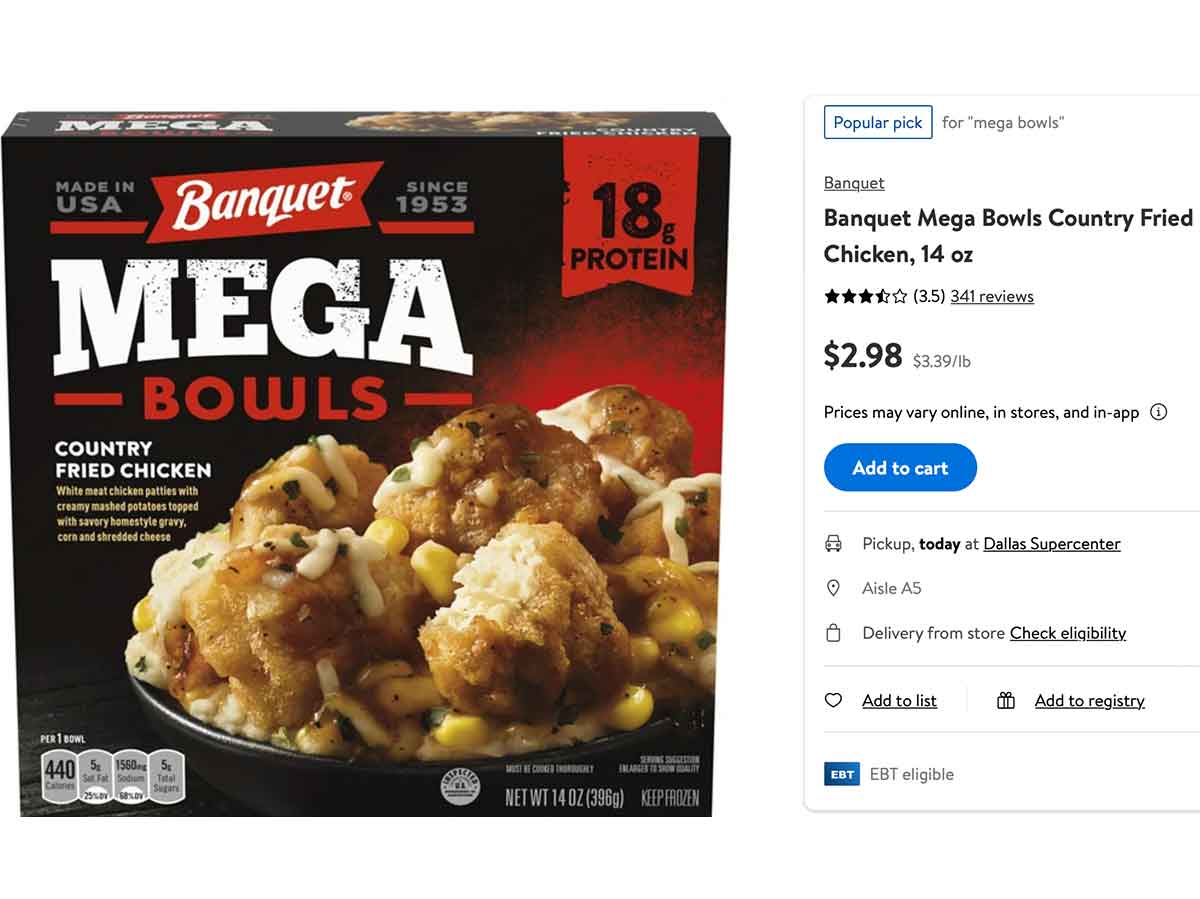
Today you can expect to pay over thrice the price for a low-end TV dinner. Premium TV dinners can cost as much $5, which is almost as much as a burger from a fast-food joint. Here you can see the cost is $2.98 for a Banquet TV dinner at Walmart.
At that point, you really have to weigh whether it is worth your money to heat some cafeteria food in your oven or whether it would just be better to make some spaghetti which is a low-effort meal. Honestly, most TV dinners are just plain gross. So, just food prep and make your own.
Forever Stamp Before

This photo shows the cost of a first-class mail stamp at $0.44. Hopefully, you bought a lot back then or, otherwise, you are going to be paying a lot more now. A forever stamp is going to help cover the cost of most letters and cards you have to send out.
And the good news is that they last forever just like the name indicates. So, even if the price of the postage goes up, your stamp still covers it all, provided it's a normal-size letter or card. But how much would it cost you to stock up on forever stamps now?
Forever Stamps Now
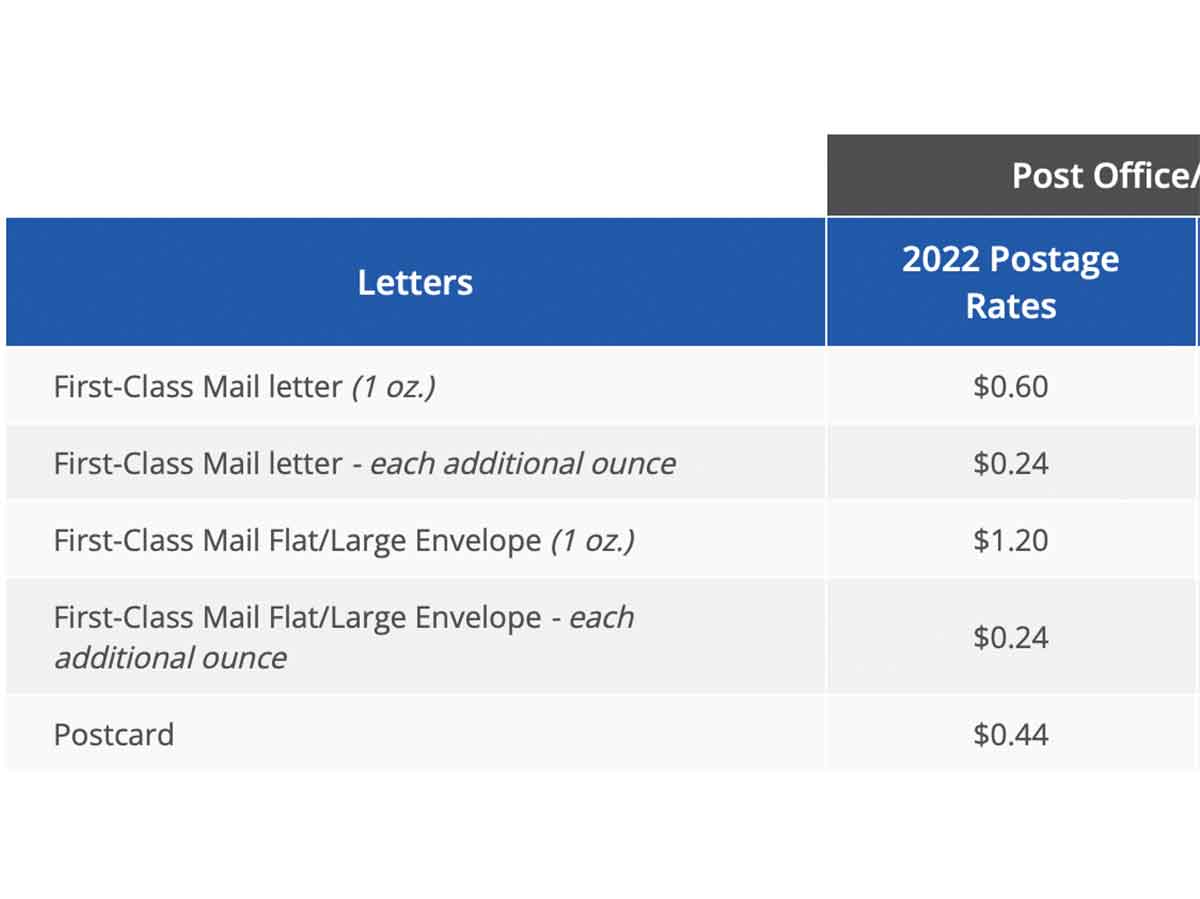
A lot more. While we are just talking about a matter of cents, the cost adds up when you are purchasing a full sheet or full roll of stamps. The cost of first-class mail postage now is at $0.60, meaning it would cost you over $1 just to send out two Christmas cards. Send them out to all your family and you could be putting quite a dent in your wallet.
Really the cheapest way to send out anything these days is electronically and it's a whole lot faster too. Why spend money to send something out when you can email it for free? Even for documents that would be sent through the mail and signed - that process can all be taken care of electronically too.
Pint of Ice Cream Before

Ice cream is just about one of the best desserts there is - besides eclairs and creme brulee - but that's beside the point. The point is that ice cream is a staple dessert for every home and it makes kids and adults happy alike. You may be surprised, though, just to learn how inexpensive it used to be.
Back in the day, you could get a pint of ice cream for as little as 10 cents. There is nothing you can buy with 10 cents today. If I could buy ice cream for 10 cents, my freezer would be stocked full of it. I probably wouldn't eat anything else.
Ice Cream Now
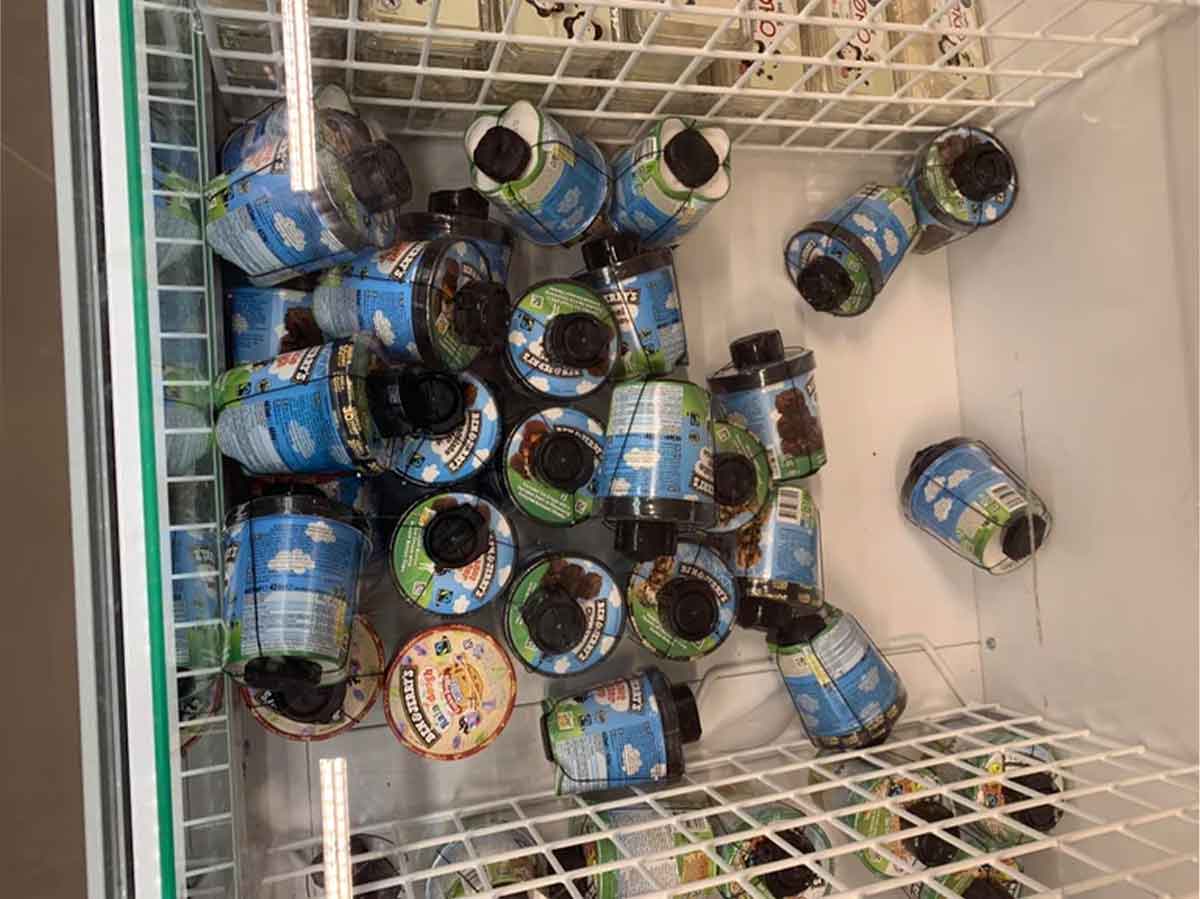
Today a single pint of ice cream is going to cost you about $5 or $4 on a good day. The price of ice cream is so high for the quality stuff that some retailers are protecting their inventory with these security devices. Ice cream is serious business, after all.
Of course, the real reason behind these security devices was the ice cream licking Tik Tok challenge a while back. People would go into stores to lick the pints of ice cream but since ice cream is so expensive, this was a real problem for store owners and managers. Don't mess with ice cream, man!
Makeup Before
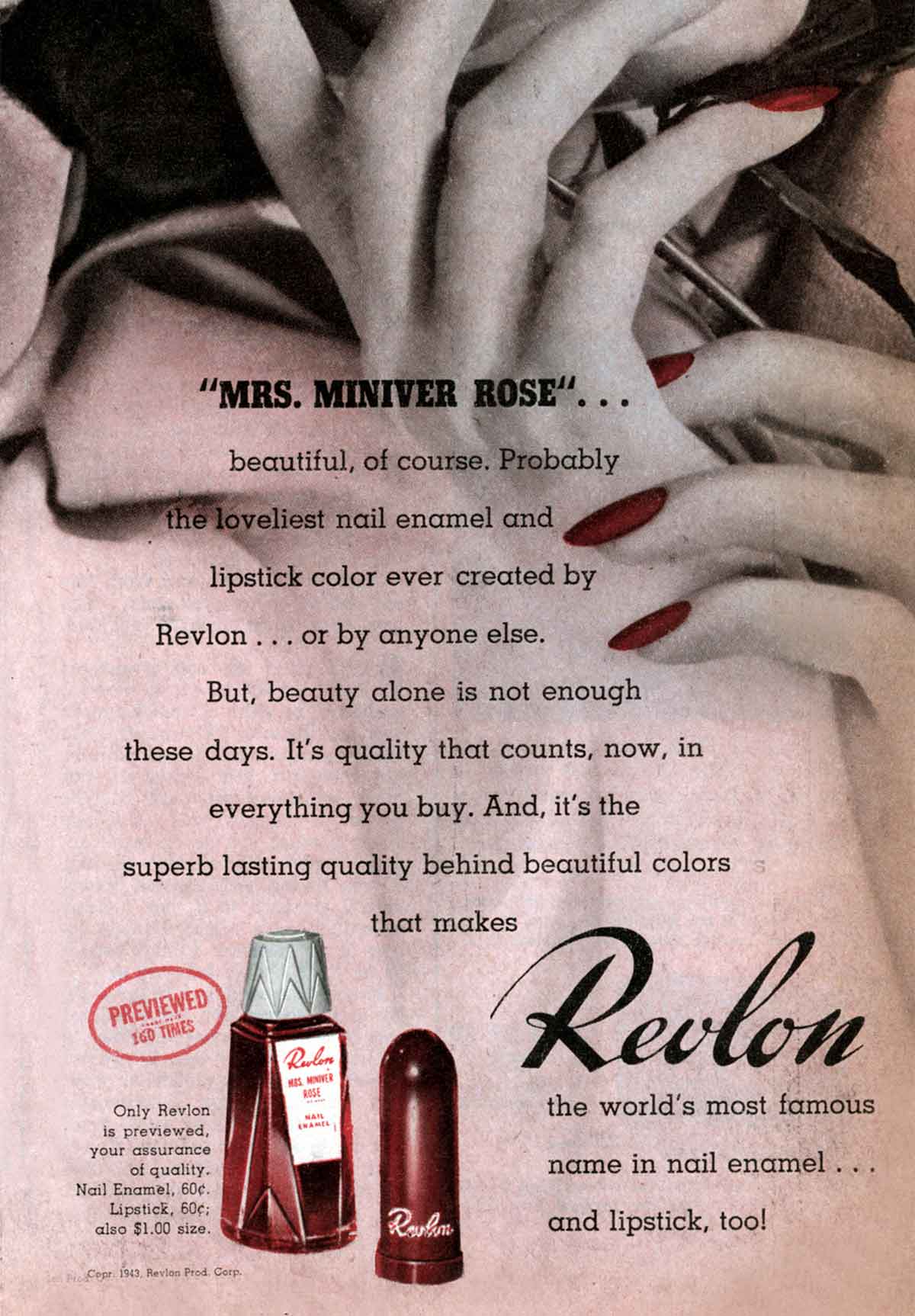
Makeup has long been a part of society for thousands of years, but we aren't going to compare prices that far back, because that really wouldn't be a fair comparison. However, this ad from Revlon in 1943 is certainly a fair comparison, since it was a from time when America engaged in WWII.
But even considering that, you can see that everything was much cheaper back then. Looking closely at the bottom of this ad, you can see that Revlon nail polish and lipstick were a mere 60 cents each, while a larger size was available for $1. Any makeup you could buy anywhere near that today, is probably makeup you wouldn't want to wear.
Makeup Now
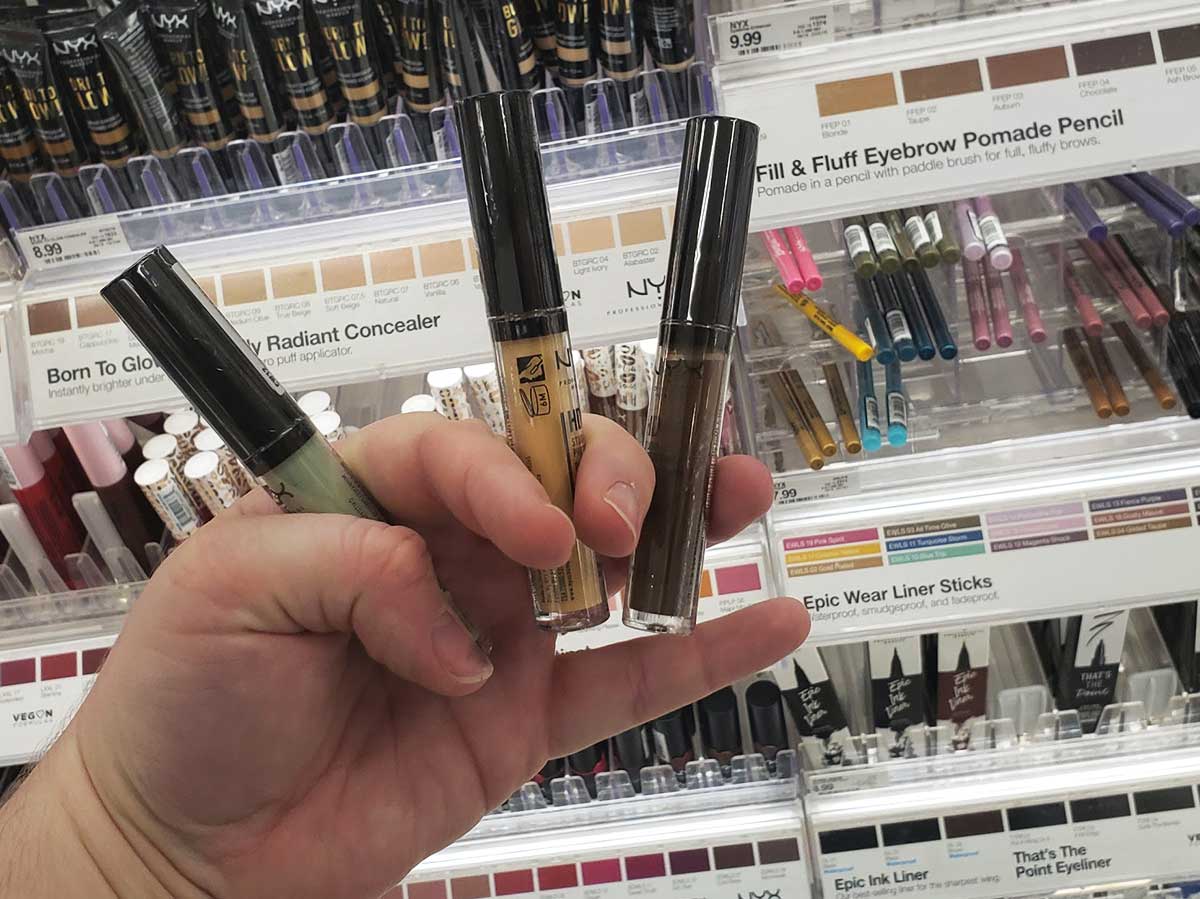
Sure, today's makeup has changed quite a bit. There are many more options on the market and various types of makeup - and colors to choose from. But that doesn't change the fact that the market's most basic name-brand makeup options cost a lot more than they would have back in 1943.
As you can see here, you can expect to pay as much as $10 for Revlon lip color. Revlon nail polish, on the other hand, will cost you around $5 at the very least, depending on which one you buy. Looking your very best it seems, comes at a price but maybe it's time for a more natural look?
Canned Food Before

Canned food has always been one of the cheapest things you can buy with your money and the advantage of it is its long shelf-life. If there's one type of food that's fit for an apocalypse, it's canned food. Canned food drives exist because its something that can be easily distributed to families in need and it's an incredibly affordable donation.
Back in 1921, the wholesale price for a can of pork and beans was a mere 21 cents. You could feed yourself for a whole week for under $2 if you ate it every day. And that's well before the stock market crash, so that was still fairly affordable for people too.
Canned Food Now
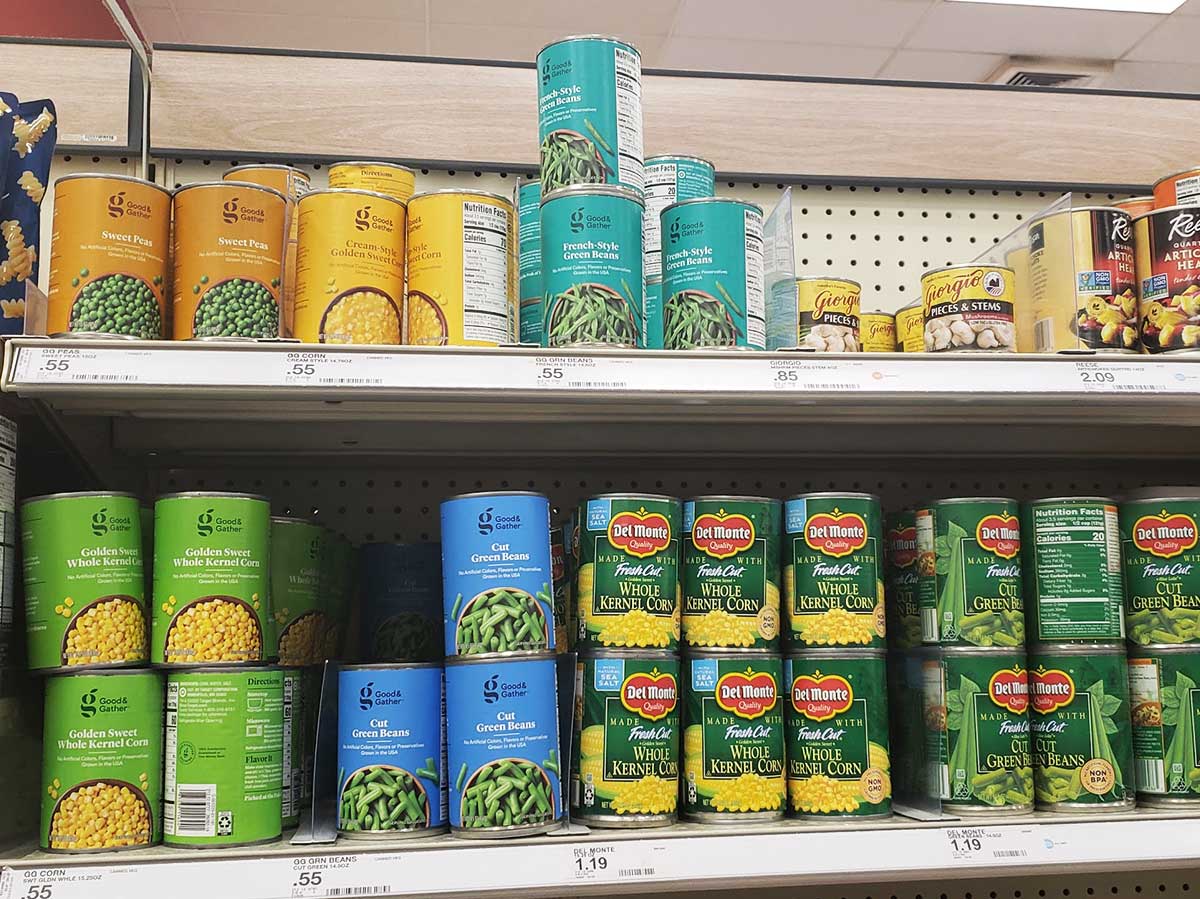
Canned food is certainly still the cheapest food option but even a single dollar can't get you a name-brand canned food item. At best, you could get some store-brand beans for less than a dollar. Here you can see the cost of name-brand canned corn or green beans is over $1.
And who even wants to eat canned vegetables on purpose? If you are going to buy canned food, it's best to go with the store-brand, because it's half the cost in many cases. You aren't likely to notice the difference much at all. Nevertheless, prices have certainly gone up quite a bit in the last 100 years.
Cereal Before
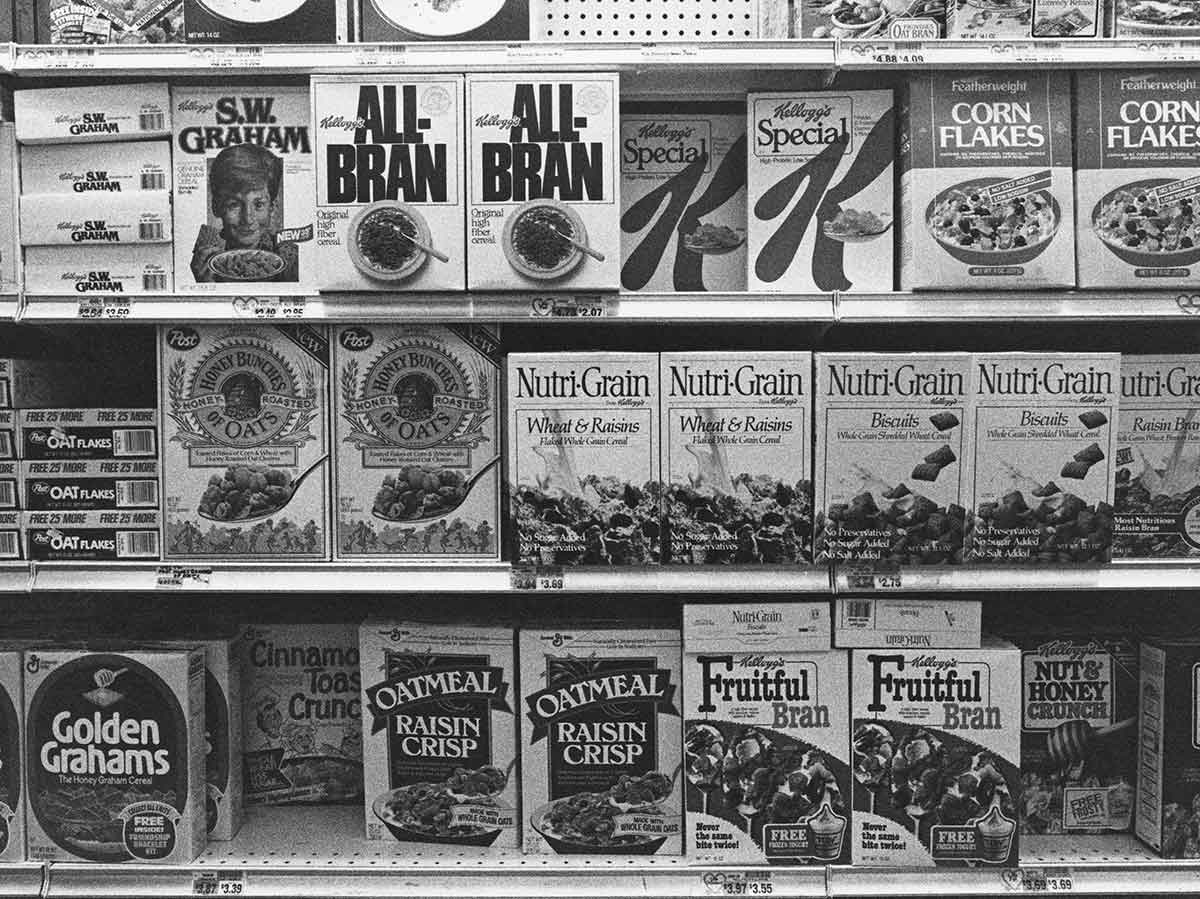
Cereal is one of the most basic breakfast foods and probably the cheapest thing you can get for your money. This was especially true back in 1989 when this photo was taken. Here, at this grocery store in New York City, you could find cereal for around $2. Other premium cereals, were still under $4 at that time.
Everyone certainly had their favorite cereals but there were decidedly fewer sugary options, so the cereals were at least healthier then too. Adults and kids alike would eat this and that less of the case today. And of course, prices have gone up. The Cheapest cereal here is All-Bran for just $2.07.
Cereal Now

Today, you can expect to pay at least a dollar more for just about everything, even if its on sale. Raisin Bran today costs over $3 on a good day. When it's not on sale, it's going to cost you around $4. Even the store-brand Raisin Bran is around $3.
While cereal might be cheaper than going out and buying a breakfast burrito each morning, it's certainly just as unhealthy. Most cereals on the market are loaded with sugar and carbs that you don't need. You are better off eating something more nutritious like fruit and if you are looking for something cheaper, maybe just buy some eggs.
Soda Before

It's not the healthiest beverage you can have, but a nice cold soda on a hot day - really hits the spot. Sure, there are people out there that claim they don't like soda because it's too sweet and that they only drink water like good boys and girls, but let's be real.
Way back when people enjoyed it and they still do today or stores wouldn't be selling it. From 1886 to 1959, the price of a single bottle of Coke was just a mere 5 cents. With that price, you could buy 20 Cokes for $1. They prices aren't anywhere near that today.
Soda Now

Today soda is packaged a lot differently. You can still buy Coke in bottles, but you are going to pay around $1 for a single Coke bottle that was made and packaged in Mexico. A 12 pack of canned soda, the equivalent of 12 Coke bottles, is going to cost you around $5 and that puts the cost at around 40 cents per can which is well above 5 cents.
Sure, you can avoid soda for your health, but every once in a while, you know you can't resist the temptation of chugging that sweet sugary nectar. And it would be okay to drink it in moderation. The problem is that you are paying a lot more for something that really is so bad for you.
Diapers Before

Diapers - thing you don't want to have to buy but the thing you need anyway. Diapers are a must-have for any baby. They are also one of the costliest things you need for your baby. Back in the day, however, it wasn't quite as much of an expense as you can see from these prices.
A package of 24 diapers would cost you just $1. A carton of diapers would cost you $2.88. Today, you can't get diapers for anywhere near that price. And on top of that, you could save even more by buying multiple packages of diapers. If only we could go back...
Diapers Now
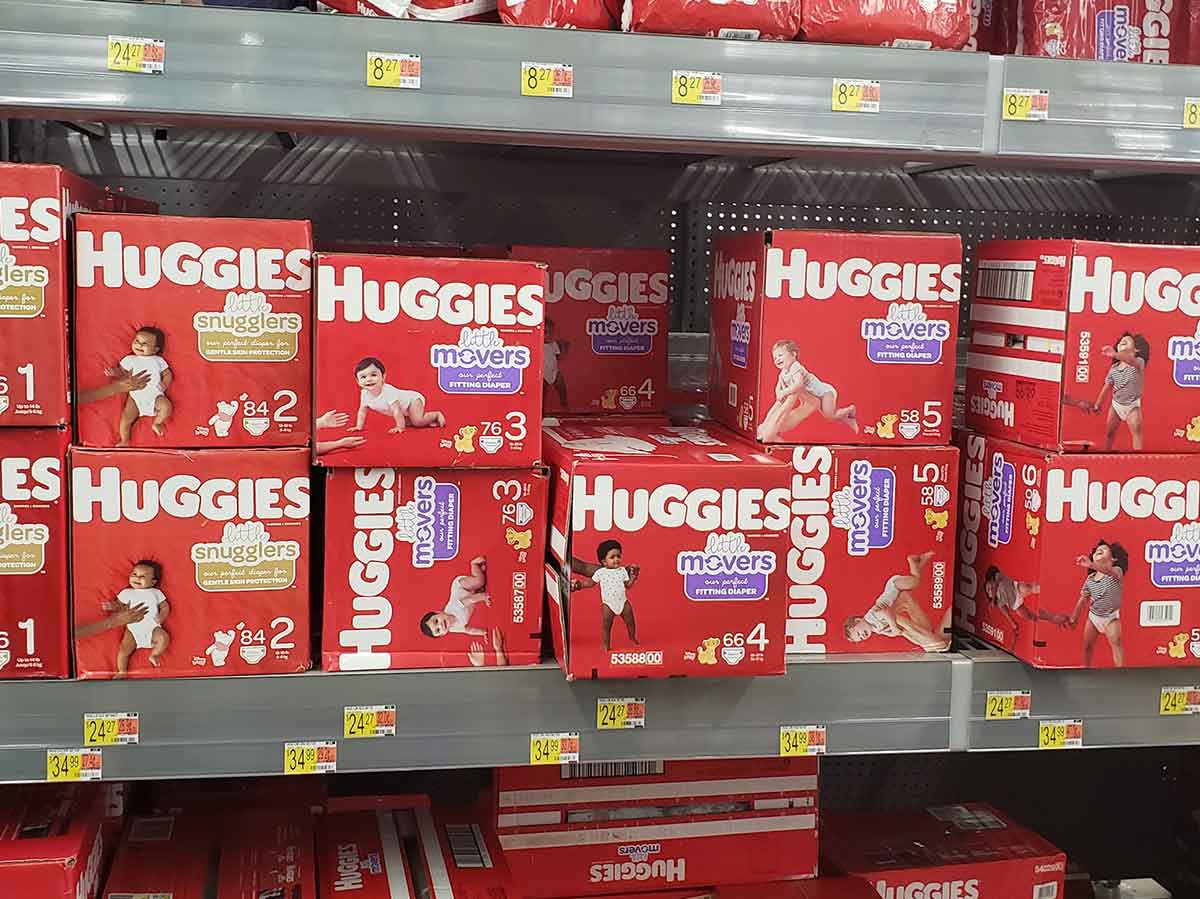
And these are the prices of diapers today - and on sale at that. No longer are diapers $1 per package. They are $8, and when your baby used them, they are just thrown away. A box, which would be the equivalent of a carton, is almost $25 per unit.
This is one of the many reasons people are choosing not to have kids in this economy. Kids are just too darn expensive. Sure they are cute and all, but with inflation raising the price of everything you need, it's not always feasible for families to try and make it work.
 Author
Ron Winkler
Last Updated: September 17, 2025
Author
Ron Winkler
Last Updated: September 17, 2025

